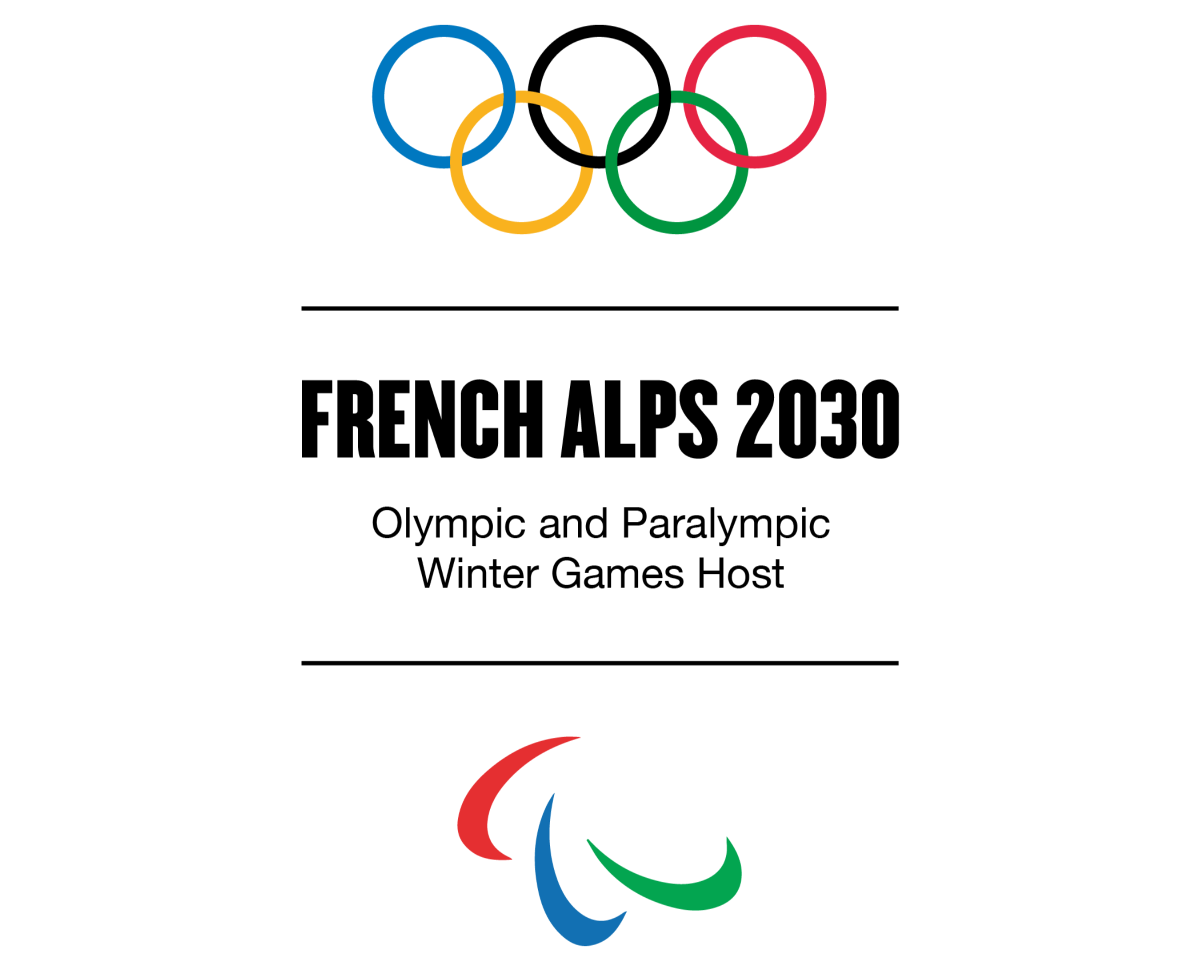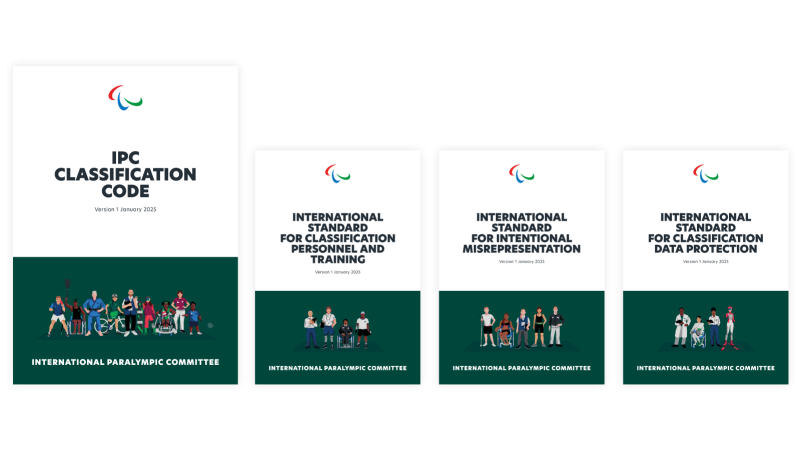CLASSIFICATION CODE
Background
Prior to the start of the 21st century, there were no agreed unifying principles to guide the establishment and development of Para sport classification systems. Classification policies and procedures were not standardised, but rather developed organically and in isolation. As a consequence, the rate at which classification systems developed, and the quality of those classification systems, varied greatly across sports.
The IPC Governing Board recognised that, to secure the future of the Paralympic Movement, a more harmonised approach to classification was required. In 2003, the IPC Governing Board approved the classification strategy, which ultimately led to the adoption of the first edition of the Classification Code in 2007. The second edition of the Classification Code was subsequently adopted in 2015. The overarching aim of both the 2007 and 2015 editions of the Classification Code was to ensure that classification was delivered to the highest possible standard across all Para sports to ensure that Paralympic stakeholders – including athletes, coaches, administrators, the public, and the media – could have confidence in the classification process and its outcomes.
2025 IPC Classification Code
The 2025 Classification Code seeks to keep pace with the rapid development of the Paralympic Movement, and so builds on the first two editions of the Classification Code. It is the result of an extensive three-year review of the 2015 Classification Code, based around open consultation with the IPC Membership and feedback received from other stakeholders including the IPC Classification Committee, IPC Athletes’ Council, IPC Board of Appeal of Classification, classifiers, human rights experts, and other relevant experts.
The 2025 Code can be downloaded from the IPC Handbook page.
International Standards
The 2025 Classification Code is supplemented by three International Standards that set out additional requirements and guidance on the implementation and practical application of the Code:
- International Standard for Classification Personnel and Training: The purpose of this International Standard is to outline the procedures for the recruitment, education, training, and development of Classification Personnel.
- International Standard for Intentional Misrepresentation: The purpose of this International Standard is to provide detailed rules and procedures for International Federations to identify, investigate, and prosecute alleged Intentional Misrepresentation by Participants under their jurisdiction.
- International Standard for Classification Data Protection: The purpose of this International Standard is to support Classification Organisations to use Classification Data consistently in accordance with the Classification Code and their legal obligations under Data Protection Laws.
The International Standards can also be downloaded from the IPC Handbook page.




